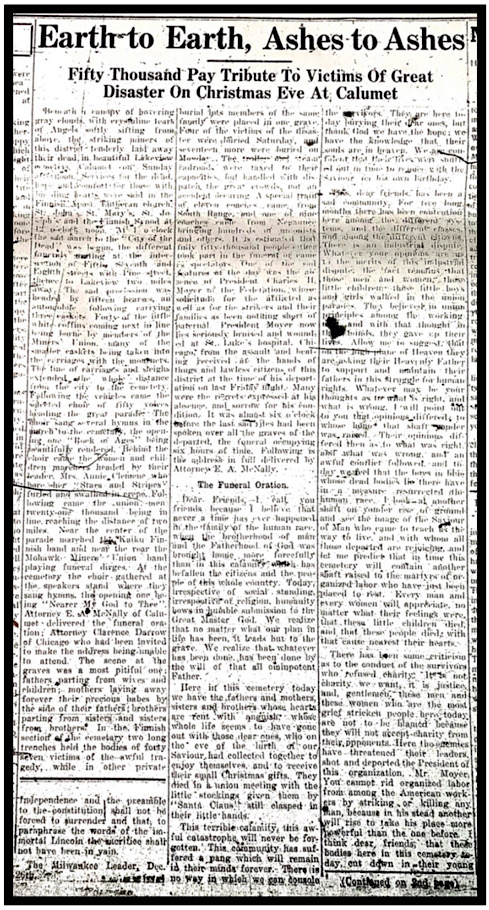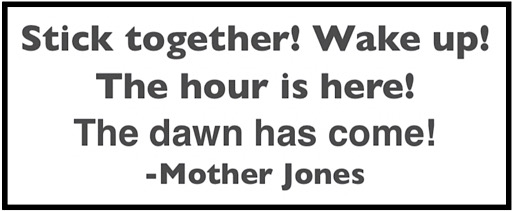 —————
—————
Hellraisers Journal – Wednesday April 15, 1914
Keweenaw Copper Country of Michigan – W. F. of M. Declares Strike Off
From the Michigan Miners Bulletin of April 14, 1914:
Copper Strike Declared Off
———-By Referendum Vote Taken Sunday Demands of Men Granted
With But One Exception.–Strikers Return to Work
———-At a meeting of the District Union held Wednesday April 8th in which every local of the Federation in this district was represented, it was decided that, if the strike was to be continued, the relief benefits would have to be reduced, and that accommodations would have to be furnished for several hundred families now living in company houses. After thoroughly debating the subject, it was decided to put the matter before the men on strike. Meetings were arranged for the Ahmeek and Calumet locals on Friday and the Hancock and South Range on Saturday when the strikers were informed of the proposed reduction in benefits, and of other obstacles confronting them.
Two propositions were put to the men viz: To either make further sacrifices regarding benefits, or return to work which was put to a referendum vote on Sunday with the result that the men decided on the latter. At the meetings held prior to taking a referendum of the proposition, the question was thoroughly discussed, and the men realizing that all concessions asked at the time of the calling of the strike had been granted by the Mining Companies with the exception of recognition of the union, they felt as though this demand might be waived, and that they could return to work with the feeling that the strike had been practically won.
If the refusal of the Mining Companies to recognize the Western Federation of Miners does in any measure prove balm to their wounded feelings, and give them a sense of having retained their dignity to the end, well may it be cherished in their bosoms. Their only demand is that all union men returning to work must surrender of his union membership card, but whether the fires of unionism which finds a home in his breast can be quenched by forcing a man to renounce his organisation remains to be seen. The turning of the pages of time will only tell. The need of organization among the working classes is forcing itself upon us more day by day, and it it does not devolve on the Calumet & Hecla, the Homestake, nor any corporation to stay the wheels of progress….
The strike with its attendant privations, suffering and sacrifice, the determination and valor displayed by the men and women in the ranks has been a stimulus to organized labor throughout the nation, and instead of a defeat, it is one of the most glorious victories ever achieved by the workers. You have gained ground that will never be retaken. The Western Federation of Miners and organized labor everywhere yet consider you striking copper miners as a part of the great army fighting for the liberty of the working class.
Your sacrifices and indomitable courage in this fight, your privations during the past nine months is proof positive of your agreement and pledge to the principles of united action which you are now called upon to repudiate. God knows it was barely possible for a man with a family to subsist on the meager benefits furnished by your brother worker, but he who so freely gave his small wage made almost as much sacrifice as you have made. He furnished subsistence while you fought at the front. You are comrades, brothers, and an injury to one is the concern of all….
All the beatings, insults,and bloodshed, all the lives crushed out in the Italian hall disaster where some half hungered innocent little children were trampled and smothered to death cannot be laid at the door of the striking miners. The victory you have wrested from the hands of organized greed is bathed in the blood of those of your class whose lives were needlessly sacrificed upon the gory altar of capitalism. This fight for industrial freedom is no child’s play, and requires men of nerve and courage as well as brawn, intelligence, and a determination born of desperation. Can you fill these requirements? Can you measure up to the full stature of the independent manhood? Cast bigotry, hatred, prejudice, nationality and religious bondage to the Four winds and stand out a clean cut workingman, class conscious, and with every drop of your blood, fight the battle of your class. Herein lies your only hope, and the hope of the world.
———-

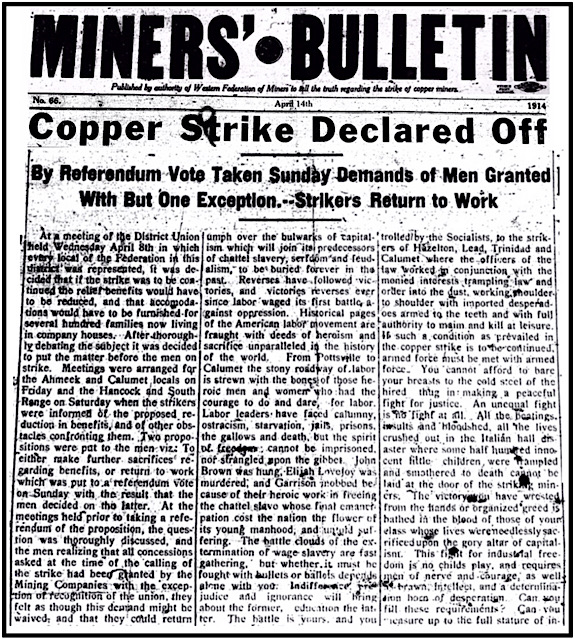
 —————
—————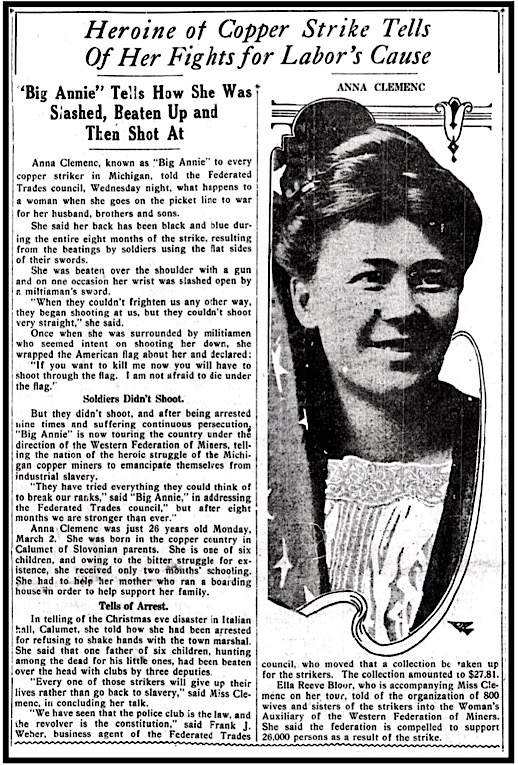
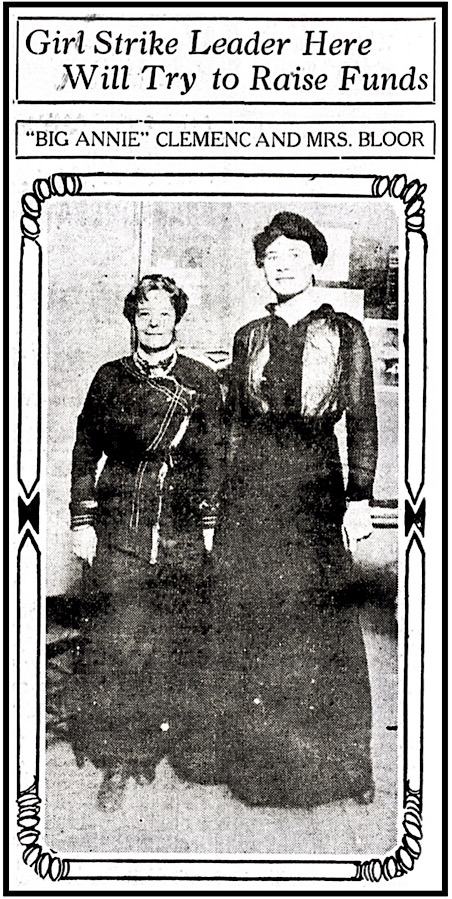
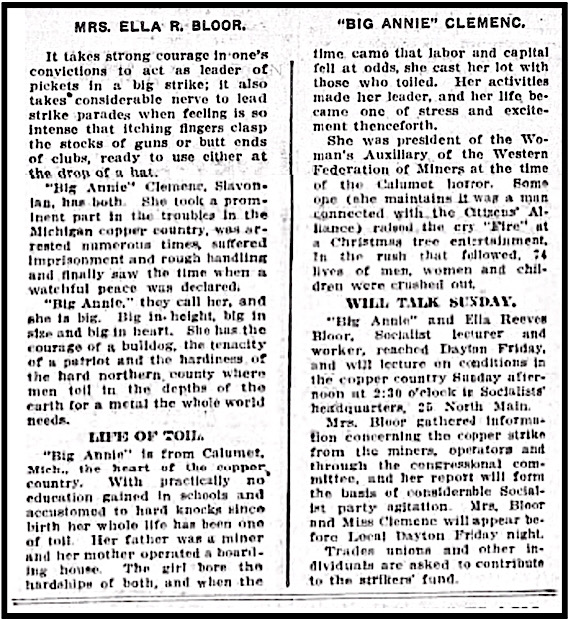
 —————
—————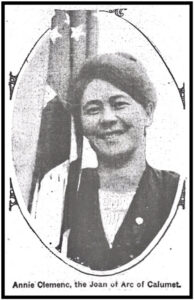
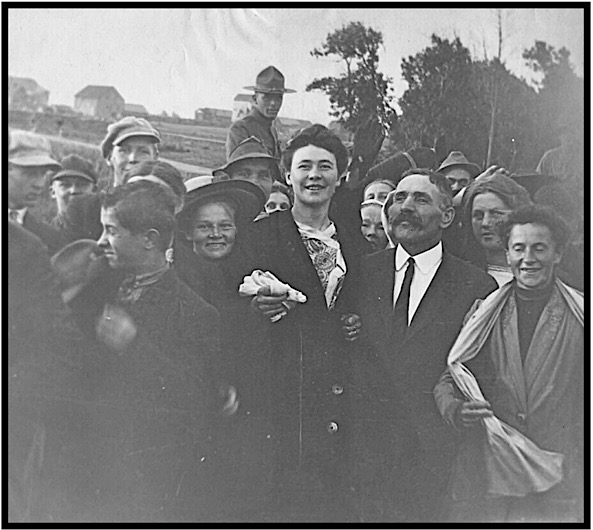
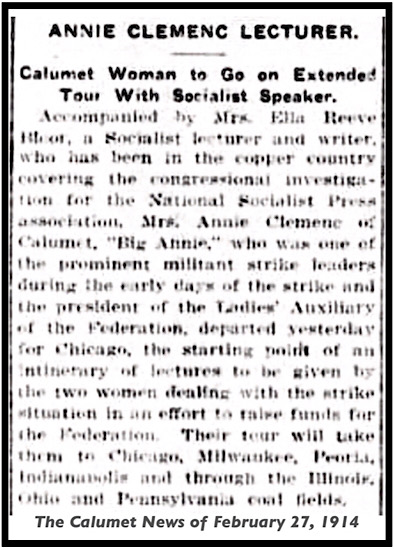
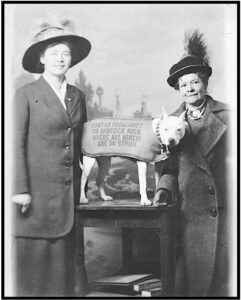
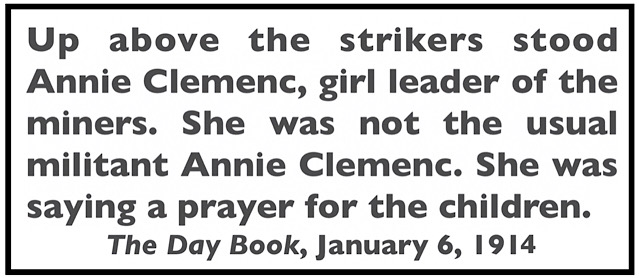 —————
—————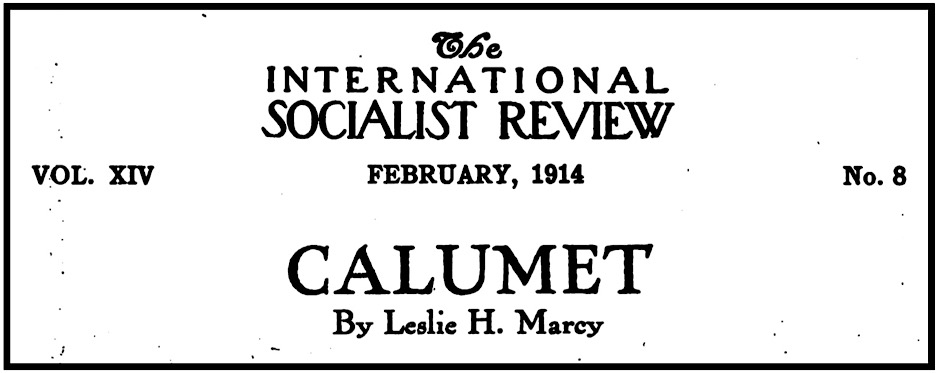
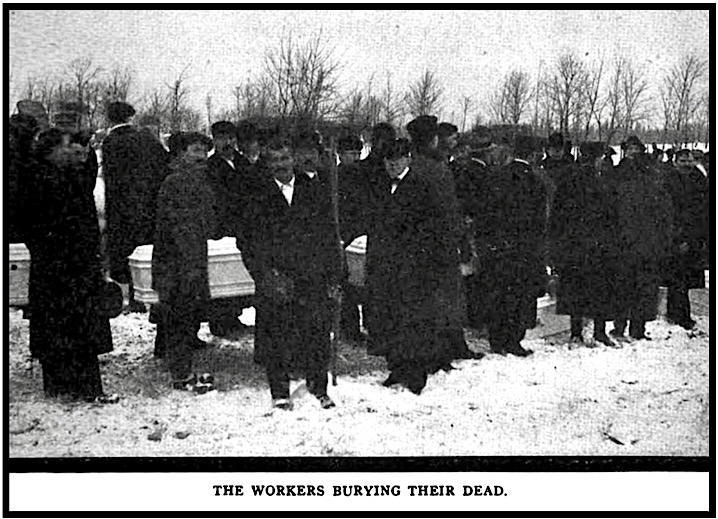
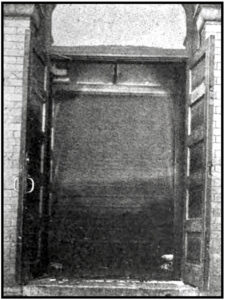

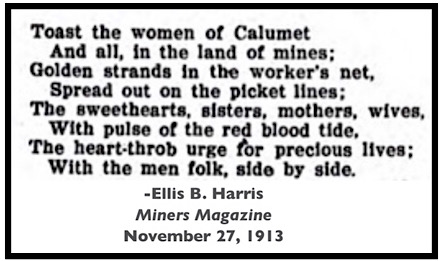 —————
—————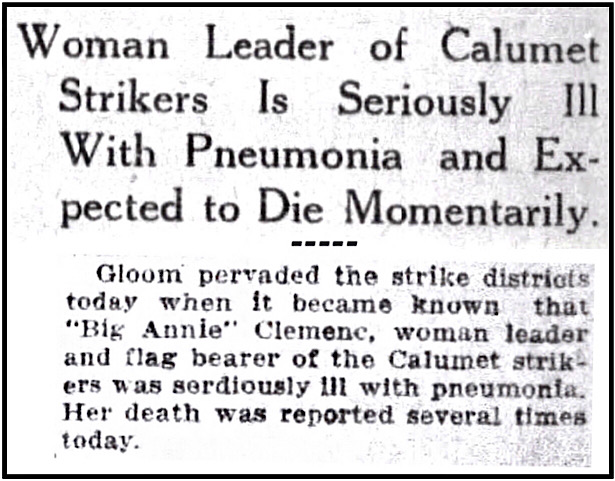

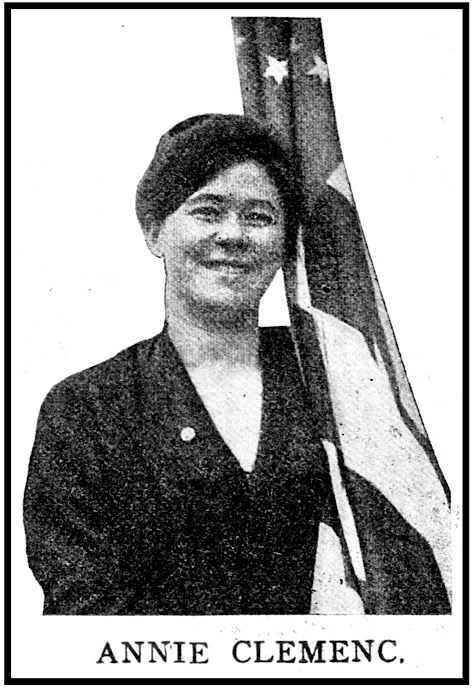
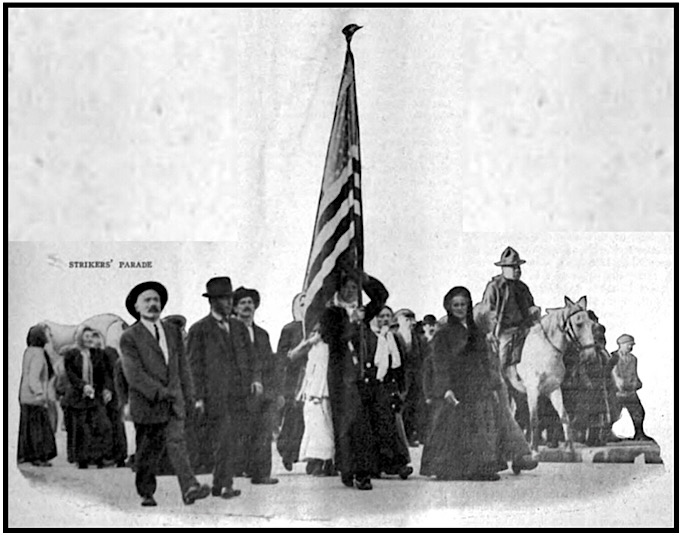
 —————
—————
